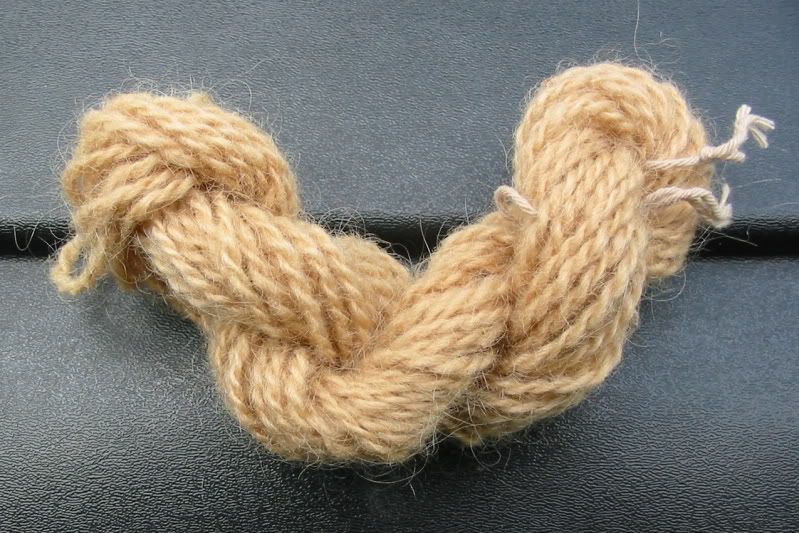Page 1 of 2
Re: Berners
Posted: Mon Mar 30, 2009 9:15 pm
by DOUGSDEN
MIKE,
WOW! WAY COOL! I APPRECIATE YOU POSTING THIS!
DOUGSDEN
Re: Berners
Posted: Mon Mar 30, 2009 9:35 pm
by codye
These exact pages are in a book I have titled: The Origins of Angling author: John McDonald copyright: 1957,1963
Re: Berners
Posted: Mon Mar 30, 2009 10:00 pm
by letumgo
Thanks Mike! Another great submission. I had never seen these illustrations before and enjoyed studying each fly. All of the flies have a great scruffy-buggy quality to them. Lovely!
Re: Berners
Posted: Mon Mar 30, 2009 10:07 pm
by Ron Eagle Elk
Mike,
Any idea what "wings of a bosarde" refers to? Perhaps buzzard?
REE
Re: Berners
Posted: Tue Mar 31, 2009 6:58 am
by codye
Mike, was in no way trying to bust on ya... just wanted to share that info incase anyone wanted to look for that book, or check if their local library had a copy to check out.
The book is real neat, and a great read. There's a section right before those fly plates that describes the materials used and a little about each of them (including talking about 'buzzard'). It also prints the Treatise with a nice transcribed version next to it so you can follow along and read it more easily.
Re: Berners
Posted: Tue Mar 31, 2009 5:34 pm
by Ron Eagle Elk
Thanks, Mike. I was lamenting the loss of those fine pictures and dressings to the cyberworld where I would probably never find them again. Appreciate the link and information.
REE
Re: Berners
Posted: Thu Apr 02, 2009 10:01 am
by redietz
Ron Eagle Elk wrote:Mike,
Any idea what "wings of a bosarde" refers to? Perhaps buzzard?
REE
Yes, but "buzzard" in the European sense (a type of hawk*) , not the American sense (a vulture).
* it's actually a buteo, which are hawks in the US (red tails are buteos) but which I seem to recall aren't considered hawks in Europe, because they're useless for falconry.
Re: Berners
Posted: Mon Apr 20, 2009 7:40 am
by wsbailey
Re: Berners
Posted: Tue Jun 02, 2009 9:05 am
by wsbailey
Re: Berners
Posted: Sat Jul 11, 2009 4:27 pm
by wsbailey
I have been reading "Dame Juliana" by Buller and Falkus. Over the centuries there has been a lively debate on which insect is represented by each fly. For the Tandy Fly there are several choices:
J W Hill Mayfly
GEM Skues Oak fly
E Taverner Greendrake
J Heddon Summer Mayfly
M Greenhalgh Sedge
Here is a picture of the some wool dyed according to the directions in the Treatyse to dye tawny on a fish line. The color is pale orange.

